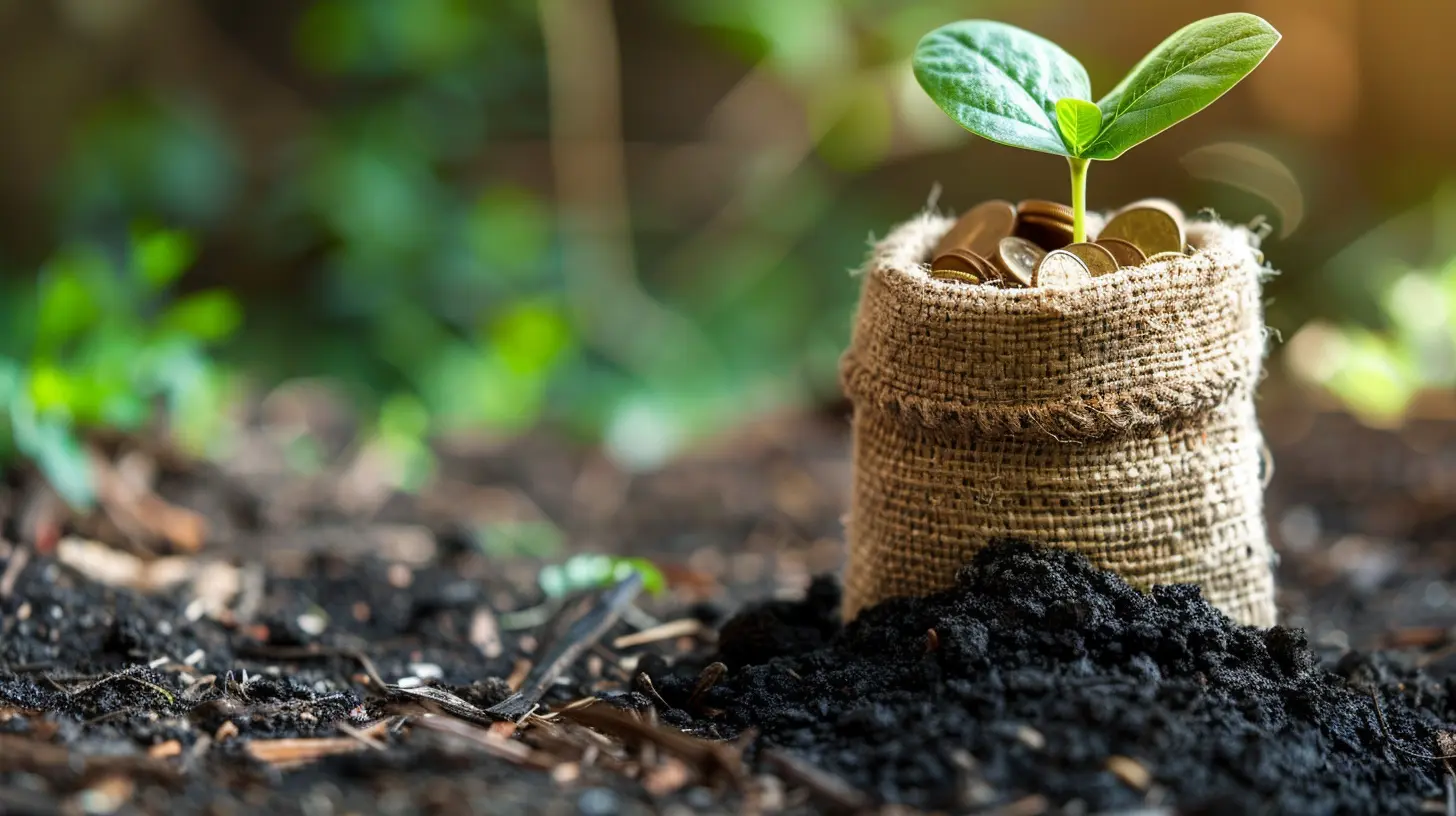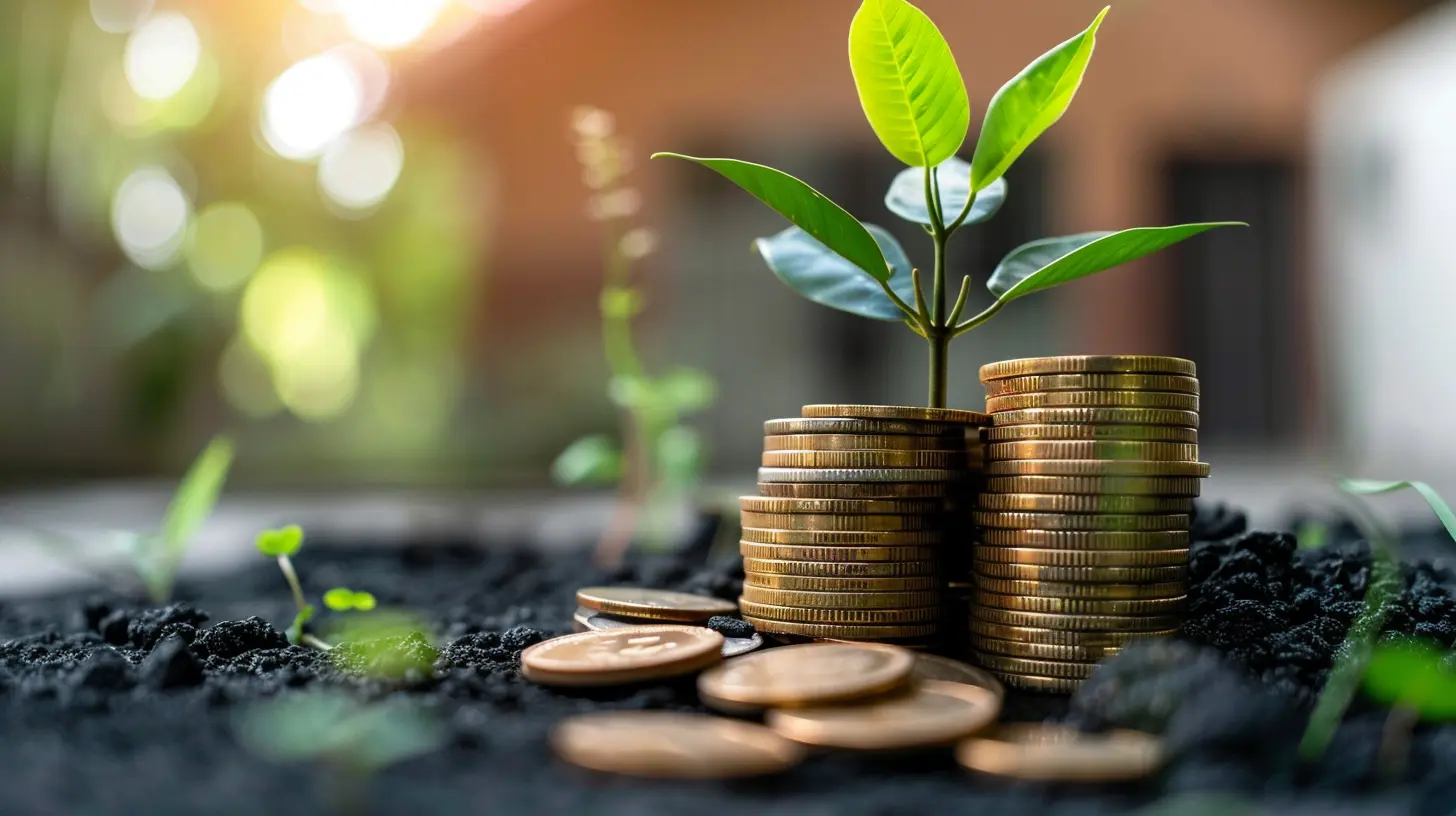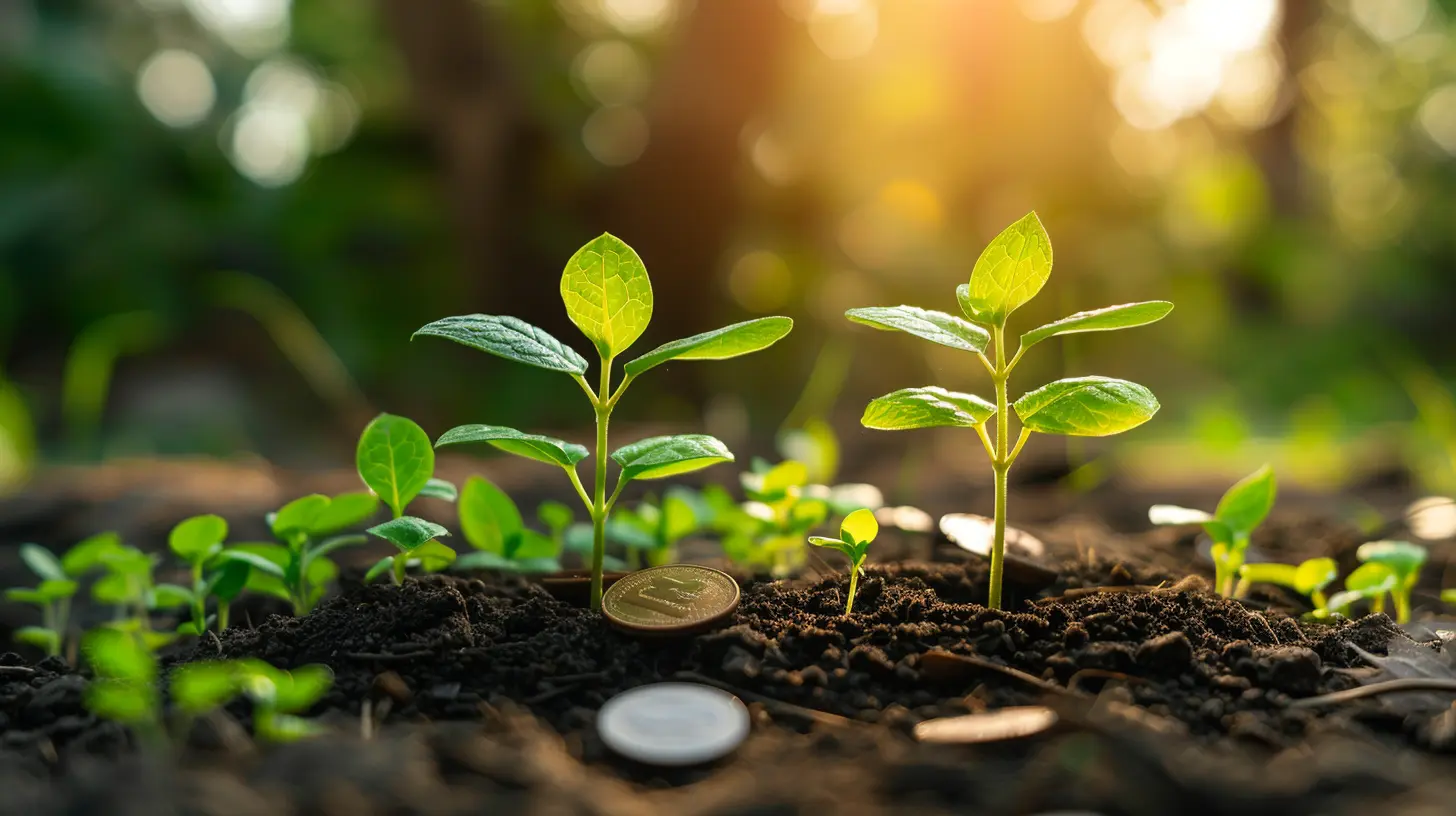What Construction Spending Reveals about Economic Resilience
27 August 2025
Ever wonder what cranes dotting the skyline really mean for the economy? Or why construction sites seem to spring up even after major recessions? Here's the scoop—construction spending is one of the most underrated indicators of how resilient a nation's economy truly is. It’s like the heartbeat of economic growth, quietly thumping away, even when other signs falter.

The Blueprint Behind Construction Spending
Let’s break it down. Construction spending refers to the money poured into building infrastructure—think roads, bridges, schools, hospitals, homes, and office buildings. It’s generally classified into three main buckets:- Residential Construction: Single-family homes, apartment buildings, condominiums.
- Non-residential Construction: Office buildings, factories, malls, and hotels.
- Public Construction: Highways, schools, water treatment plants—basically all those government-funded projects.
Now, this type of spending isn’t just about pouring concrete. It represents jobs, investments, policy decisions, and long-term bets on a region’s growth. And let’s be honest—no one’s building a new mall or skyscraper unless they’re pretty optimistic about the future.

Construction and the Economy: Building Blocks of Resilience
Construction activity is more than flashy cranes and noise—it’s a leading indicator of economic health. When construction thrives, it impacts:- Employment: The construction industry employs millions, from architects to electricians.
- Supply Chains: Steel, lumber, glass, cement—an uptick in building boosts demand across multiple sectors.
- Consumer Confidence: People don’t buy homes or businesses unless they’re confident about where things are heading.
So, when we see construction spending rise, it usually signals that businesses and consumers believe the future looks bright. It’s like planting seeds for tomorrow’s harvest.

The Recession-Proof Nature of Certain Construction Sectors
Not all construction halts when a downturn hits. For example, infrastructure projects often continue—or even increase—during recessions. Why? Because governments use public construction as a way to counteract economic slowdowns. It’s a bit like a financial band-aid, keeping people employed and money circulating when private spending dips.You’ve probably heard of "shovel-ready" projects. These are government-funded initiatives that can start quickly and generate immediate economic activity. When the going gets tough, often the government gets building.
Meanwhile, residential construction might see short-term declines during recessions, but as interest rates fall and housing prices adjust, it bounces back—often fast. People always need homes. Real estate markets are cyclical, and rebound is part of the rhythm.

What Do the Numbers Tell Us?
Let’s take a minute to look at the stats (don’t worry, I’ll keep it light). According to the U.S. Census Bureau, total construction spending in the U.S. has been climbing pretty consistently over the last decade, even with economic bumps like the COVID-19 pandemic.Why? Because despite temporary fears and uncertainty, the long-term need for infrastructure and housing doesn’t evaporate. Cities still expand. Roads still wear out. Schools still need renovating. Construction spending adapts—that’s resilience in action.
Construction Spending During Crisis Times
When disaster strikes, how does the construction sector respond? Let’s dive into a couple real-life examples.1. The 2008 Financial Crisis
After the housing bubble burst, residential construction took a massive hit. Homebuilding slowed, and construction employment dropped like a rock. But interestingly, public construction didn’t crash as hard. In fact, programs like the American Recovery and Reinvestment Act assigned billions toward infrastructure, helping to cushion the blow.So, while one leg of the stool was wobbly, the others kept the industry semi-upright.
2. The COVID-19 Pandemic
This was a wild one. Everything paused for a moment. But then housing demand surged (thank you, historically low mortgage rates), and residential construction took off again. People started moving into suburbs, looking for more space. Meanwhile, public and commercial projects adapted—sometimes slower, but rarely stopping altogether.Construction budgets became smarter, more agile. Companies began rethinking office spaces and logistics centers, which triggered more building in unexpected places.
How Construction Spending Signals Recovery
Let’s say you’re an economist. Or just a curious soul. If you want a heads-up on a recovery before GDP numbers bounce, watch the construction sector.- Permits and Approvals: A spike in building permits usually signals businesses and developers feel confident enough to start new projects.
- Hiring Trends: More construction jobs? That’s a hint that firms anticipate long-term activity.
- Material Orders: When the demand for building materials ramp up, it means projects are moving from planning to action.
Construction doesn’t react overnight, but its trendlines offer early clues. It’s like spotting the first blooms of spring while winter’s still technically on the calendar.
Regional Resilience Through Construction
One big takeaway? Construction spending isn’t always nationwide—it has regional flavor. Some cities build more during downturns, others freeze up.Places with diversified economies and population growth—like Austin, Nashville, and Raleigh—see steadier construction numbers. They bounce back faster because people keep moving in, businesses keep opening their doors, and the local governments respond with thoughtful infrastructure investments.
In contrast, regions heavily dependent on a single industry (say, oil or tourism) may see sharper construction declines. Their economic resilience is more fragile.
The Domino Effect: What Happens When Construction Slows?
Let’s flip the script. What if construction spending drops drastically?It’s not just about fewer buildings—there’s a ripple effect:
- Job Losses: Contractors, suppliers, transporters—all feel the pinch.
- Supply Chain Disruptions: Orders shrink, so manufacturers and warehouses suffer.
- Investor Caution: A slowdown discourages real estate developers and lenders, tightening capital availability.
And then it loops back to the economy at large. Consumer spending dips. Confidence wanes. Tax revenues drop, and governments might pull back further.
So yeah, construction might seem like just bricks and beams, but it’s connected to everything. When it slows, you feel it—even if you’re not wearing a hard hat.
The Hopeful Long-Term Trend
Despite the bumps, one thing’s clear: the long game for construction is strong. Why? Because:- Populations grow.
- Cities evolve.
- Technology changes how we live and work.
- Climate change demands upgrades to infrastructure.
Energy-efficient buildings, smart cities, and resilient infrastructure will all require massive construction investment. From roads that don’t flood to buildings that withstand earthquakes, the future is stacked with blueprints waiting to become reality.
How to Use Construction Spending as a Financial Signal
Okay, here’s where this gets useful for you, whether you're an investor, an entrepreneur, or just someone who likes to keep their finger on the economy’s pulse.1. Watch Housing Starts & Permits: More permits = growing confidence. Less? Red flag.
2. Track Government Budgets: Infrastructure bills can point to future spending booms.
3. Monitor Material Costs: If prices surge, demand is up (but inflation could slow things).
4. Read Developer Reports: What are the big players building? Where and why?
Use these tools like a financial compass. They won’t replace GDP numbers or market indices, but they add rich context to the bigger economic picture.
Why This All Matters to You
You might be thinking—“Okay, cool info, but what’s in it for me?”Honestly? Everything.
If you're a homeowner, construction trends impact your property value. If you’re an investor, it affects which markets are hot. If you work in retail, logistics, or even healthcare—new construction brings customers, patients, roads, and tax dollars.
Plus, it’s empowering to interpret the world around you. The next time you see a crane, you’ll see more than metal—you’ll see momentum, opportunity, and the economic machine in motion.
Final Thoughts: A Foundation Built to Last
Construction isn’t just about bricks and mortar. It’s a symbol of hope, progress, and resilience. When the economy stumbles, construction often keeps going—either through public projects, housing recoveries, or commercial reinvention.It tells a story. One of adaptation, growth, and our innate desire to build something better than what came before.
So, the next time someone asks what construction spending says about the economy, you’ll know it’s not just numbers on a spreadsheet. It’s a pulse check on how strong and adaptable we really are.
all images in this post were generated using AI tools
Category:
Economic IndicatorsAuthor:

Knight Barrett
Discussion
rate this article
1 comments
Lena Stevens
Construction spending: where bricks meet bucks! If buildings could talk, they'd whisper secrets of resilience and economic gymnastics—who knew finance could be so fun?
September 9, 2025 at 2:38 AM

Knight Barrett
Absolutely! Construction spending highlights not just economic resilience, but the creativity and innovation behind every project. It’s fascinating how infrastructure reflects our financial health!


